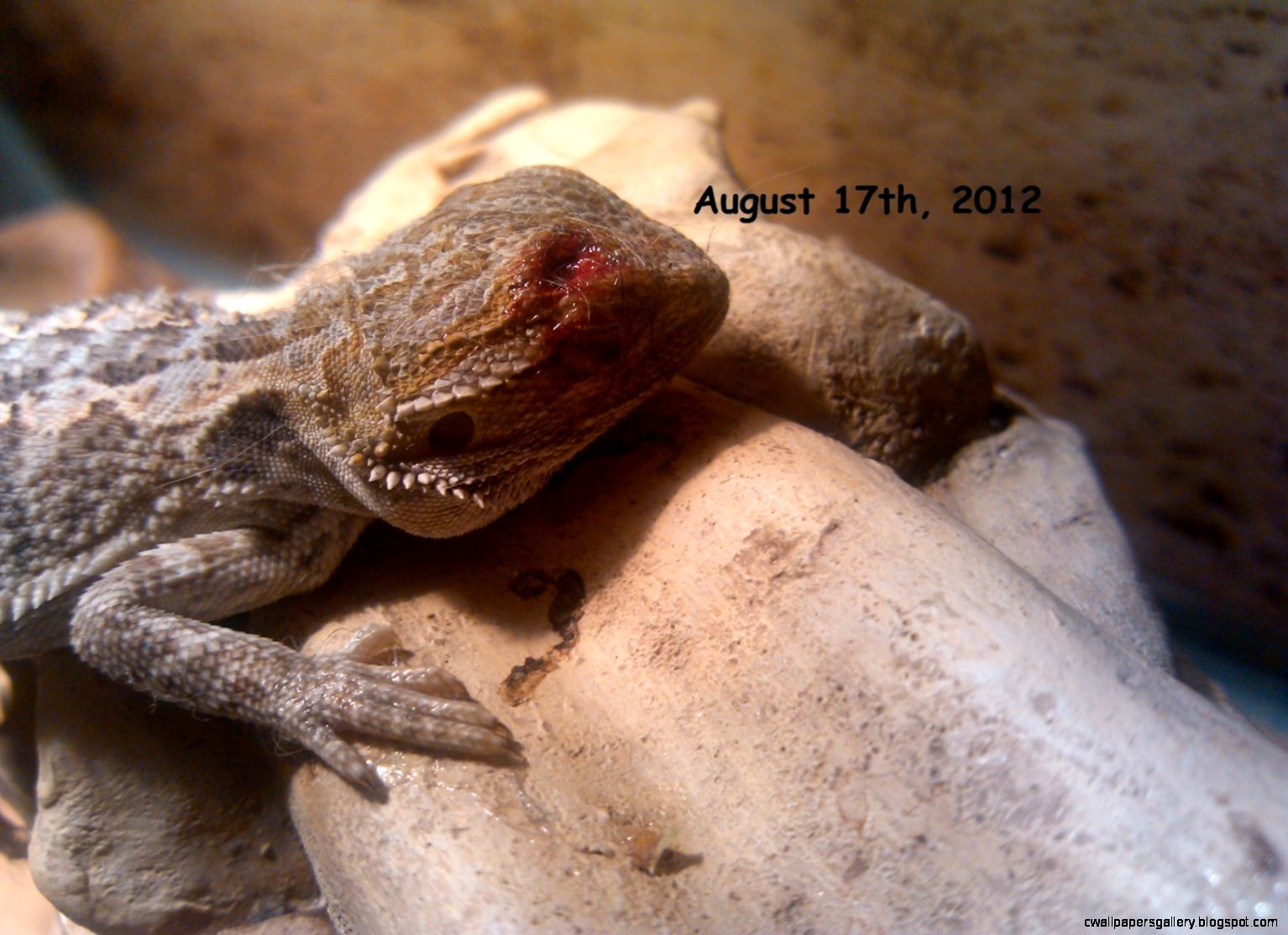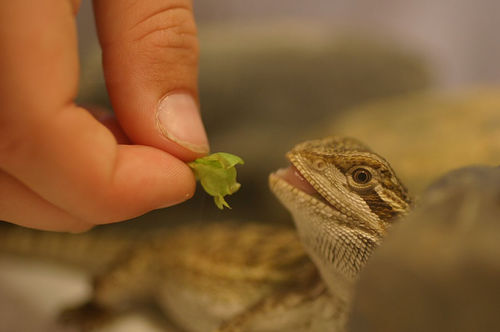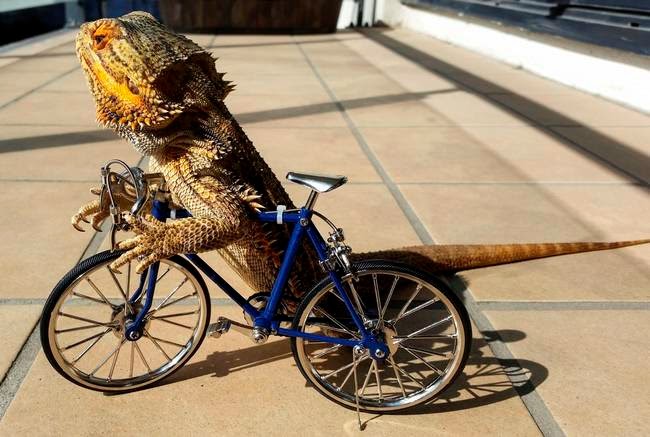Unveiling the Mystery of Bearded Dragon Curled Tail: What It Means and How to Deal With It?
Introduction
Bearded dragons, scientifically known as Pogona Vitticeps, are one of the most loved and popular reptiles in the pet industry. They are docile, easy to handle, and have a unique personality that can easily capture anyone’s heart. However, as a bearded dragon owner, one of the things that might cause some concern is seeing a curled tail in your pet.
Don’t worry, though - this behavior is entirely normal! In this blog post, we will take a closer look at the reasons why bearded dragons curl their tail, what it means, and how to deal with it. So buckle up and get ready to become a pro in caring for your bearded dragon.
Why Do Bearded Dragons Curl Their Tail?
When in the wild, bearded dragons often curl their tail to regulate their body temperature. If a bearded dragon’s tail is exposed to the sun, it can get hot and burn, so curling their tail is a way of protecting themselves from the heat. They can also tuck their tail under their body to keep themselves warm in colder temperatures.
In captivity, however, bearded dragons may exhibit this behavior for a different reason. It may be a sign of discomfort, fear, or stress. Curling their tail can be a way of trying to deter a perceived threat or protect themselves from harm. If you notice your bearded dragon repeatedly curling its tail, it’s crucial to assess their environment and make sure they feel safe and secure.
What Does a Curled Tail Mean in Bearded Dragons?
As mentioned earlier, when in the wild, bearded dragons curl their tails for temperature regulation, communication, and balance. However, in captivity, it may signal discomfort or stress. So, if your bearded dragon starts to curl its tail, it’s advisable to observe its body language and try to identify the possible causes.
Here are some possible reasons why your bearded dragon may be curling its tail:
- They are trying to regulate their body temperature
- They are feeling threatened or scared
- They are in pain or discomfort
- They are sick
- They are shedding
- They are unhappy with their living conditions
How to Deal with a Curled Tail?
Now that we’ve identified the possible reasons why your bearded dragon may be curling its tail, let’s take a look at how to deal with it.
Assess their Environment
The first thing to do is to check their immediate environment. Make sure their enclosure is suitable and comfortable for them. Assess the temperature and lighting and make sure they have plenty of well-researched hiding spots. Also, ensure that their water and food are clean and easily accessible. By doing this, you will help to reduce any sources of possible stress or discomfort.
Monitor Their Behavior
As a bearded dragon owner, you should be familiar with their body language. Observe their behavior and try to determine the cause of the tail-curling. If they are showing other signs of stress or illness, then it might be time to take them to a vet.
Handle Them Gently
Bearded dragons are creatures of habit, and they love routine. Try to handle them at the same time every day, and be gentle and patient when doing so. Avoid any sudden movements, loud noises, or any other disruptions that may startle them. If they want to curl their tail while you’re holding them, it’s best to let them do so and wait for them to feel comfortable again.
Make Them Feel Safe
As mentioned earlier, bearded dragons may curl their tail out of fear or discomfort. Ensure that they feel safe and secure in their environment. You can achieve this by setting up their enclosure in a quiet and low-traffic area, providing them with the right temperature and lighting, and giving them hiding spots where they can retreat when they feel threatened.
Conclusion
Curling their tail is a natural behavior for bearded dragons. However, in captivity, it can be an indication of stress, discomfort, or illness. As a responsible pet owner, it’s your job to monitor their behavior, provide them with a comfortable environment, and know when to seek veterinary care. By following the tips outlined in this post, you’ll be able to keep your bearded dragon happy and healthy in no time!









